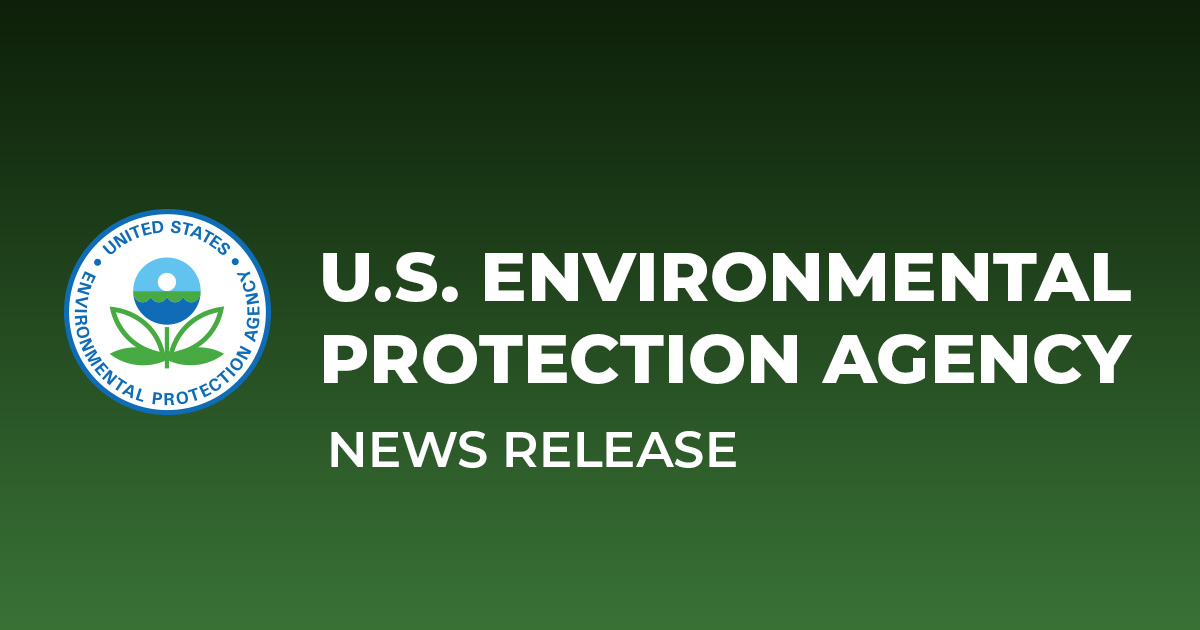WASHINGTON (September 7, 2022) – Today, the U.S. Environmental Protection Agency (EPA) announced it was adding five sites to the Superfund National Priorities List and is proposing to add two more where contamination releases pose a significant risk for human health and the environment.
“All people in this country, regardless of skin color, zip code or income, deserve to live in communities free of harmful pollutants and contaminated land.“, said EPA Deputy Administrator Janet McCabe. “By adding sites to Superfund’s National Priority List, we are accelerating cleanups and working to ensure that more people living near the nation’s most serious uncontrolled or abandoned contamination releases have the health and environmental protections they deserve. deserve.”
Thousands of contaminated sites, from landfills and treatment plants to manufacturing facilities, exist nationwide due to hazardous wastes that are dumped, left exposed or otherwise mismanaged. President Biden’s bipartisan Infrastructure Act will accelerate the EPA’s work to help communities clean up these contaminated sites through a $3.5 billion investment in the Superfund repair program and restore excise taxes on chemicals from the Superfund, making it one of the largest investments in American history to address legacy pollution. Historic investment bolsters EPA’s ability to address threats to human health and the environment, and EPA has already taken steps to clear the backlog of 49 contaminated sites awaiting funding to initiate action corrective.
With this update to the Superfund National Priorities List, the Biden-Harris administration is following through on its commitment to update the Superfund National Priorities List twice a year, instead of once a year. By pledging to add sites to the Superfund National Priorities List more regularly, the EPA is taking steps to protect the health of communities across the country while cleaning up and returning degraded properties to safe and productive reuse. in areas where environmental cleanup and jobs are most needed.
The EPA is adding the following sites to the Superfund National Priorities List:
Lower Hackensack River, Bergen and Hudson Counties, New Jersey
Brillo Landfill, Victory, New York
Ochoa Fertilizer Co., Guánica, Puerto Rico
Georgetown North Groundwater, Georgetown, Delaware
PCE Highway 3, Le Mars, Iowa
The EPA is proposing to add the following sites to the Superfund National Priorities List:
East Basin Road Groundwater, New Castle, Delaware
PCE Cart Cleaners, Bellevue, Nebraska
The EPA is also withdrawing a previously proposed site, the East Tenth Street site in Marcus Hook, Pennsylvania, following the Agency’s decision that the The Pennsylvania Department of Environmental Protection will continue to investigate and clean up the site in accordance with its state cleanup authority. EPA remains committed to using all available tools to ensure the protection of human health and the environment.
Background
The Superfund’s National Priorities List includes the country’s most serious uncontrolled or abandoned contamination releases. The list serves as the basis for prioritizing cleanup funding and EPA Superfund enforcement actions. Only releases at non-federal sites on the Superfund National Priorities List are eligible to receive federal funding for permanent, long-term cleanup. The cleanup of federal facilities is funded by the federal agency responsible for the site.
EPA nominates sites to the Superfund National Priorities List based on science-based determination of risk to people and the environment, in accordance with the Global Environmental Response, Compensation, and Liability Act and the national oil and hazardous substances pollution contingency plan. Before the EPA adds a site to the Superfund National Priorities List, a site must meet EPA requirements and be proposed for addition to the Federal Register list, subject to a comment period. public for 60 days. EPA will add the site to the Superfund National Priorities List if it continues to meet listing requirements after the public comment period closes and if the agency has responded to all comments.
Superfund cleanups provide health and economic benefits to communities. The program is credited with significant reductions in birth defects and blood lead levels in children living near the sites, and research has shown residential property values increased by up to 24% within three miles of the sites. sites after cleaning.
Additionally, thanks to Superfund cleanups, communities are now using previously degraded properties for a variety of purposes, including retail, offices, public parks, residences, warehouses, and solar power generation. In 2021, the EPA collected economic data from 650 Superfund sites. In these sites, there are 10,230 companies operating in these sites, 246,000 people employed, approximately $18.6 billion in revenue earned by employees, and $65.8 billion in sales generated by companies.
For more information on the Superfund and the Superfund National Priorities List, please visit: https://www.epa.gov/superfund.
For Federal Register notices and supporting documents for the Superfund National Priorities List and proposed sites, please visit:
Proposed New Sites and New Superfund National Priority List Sites

